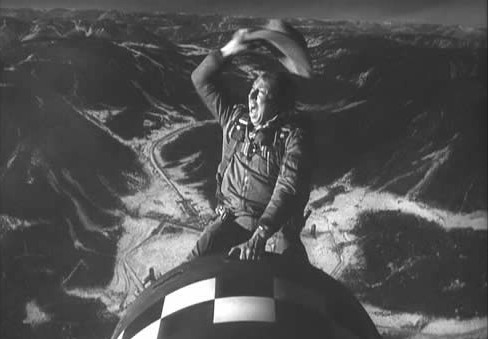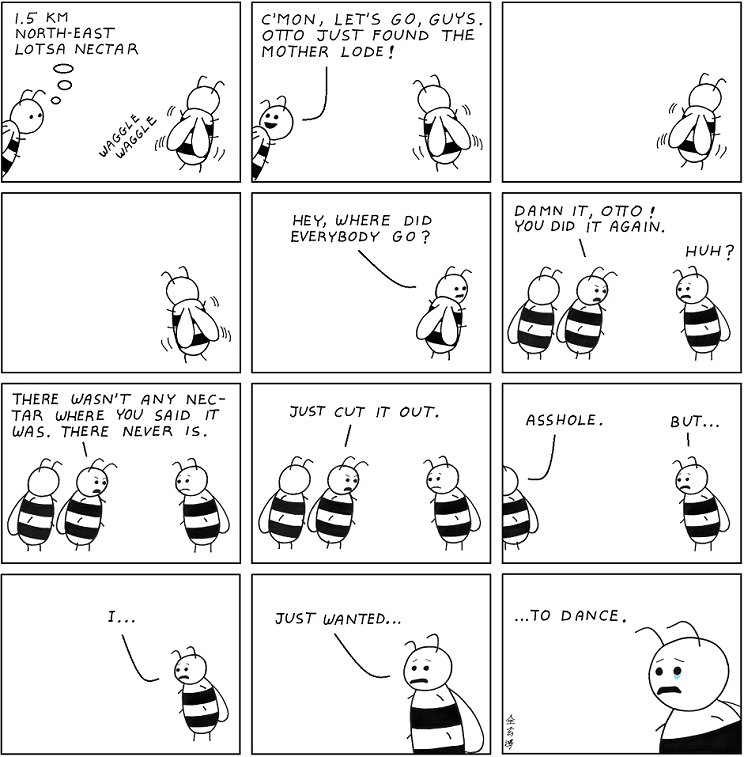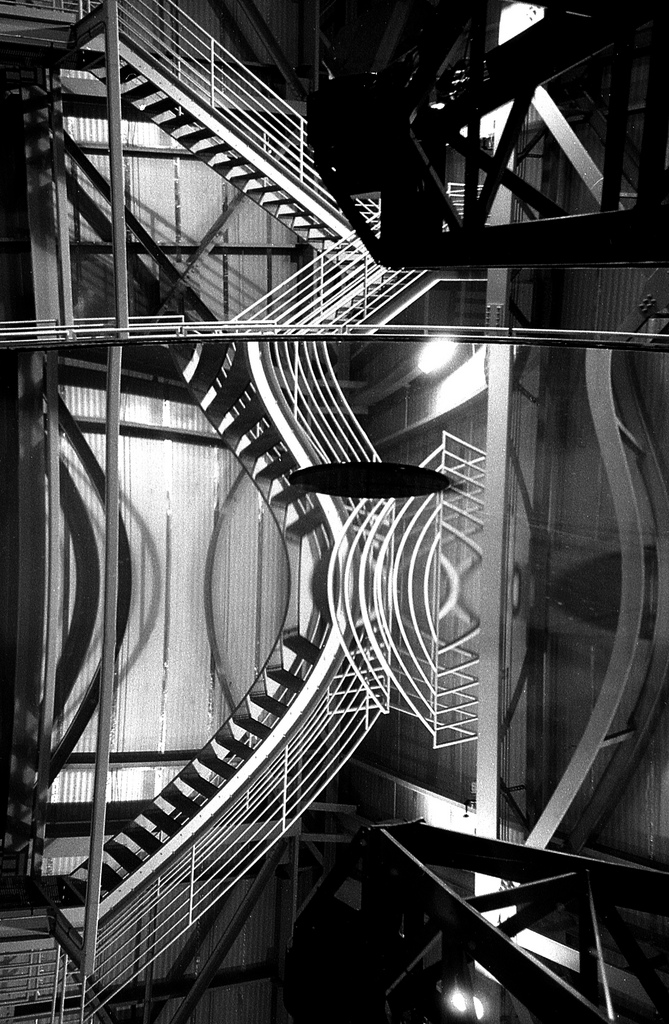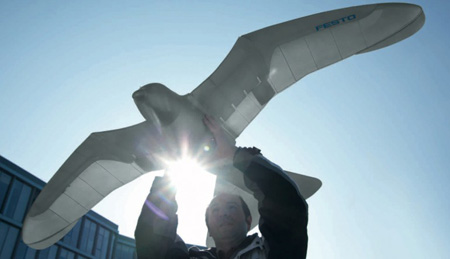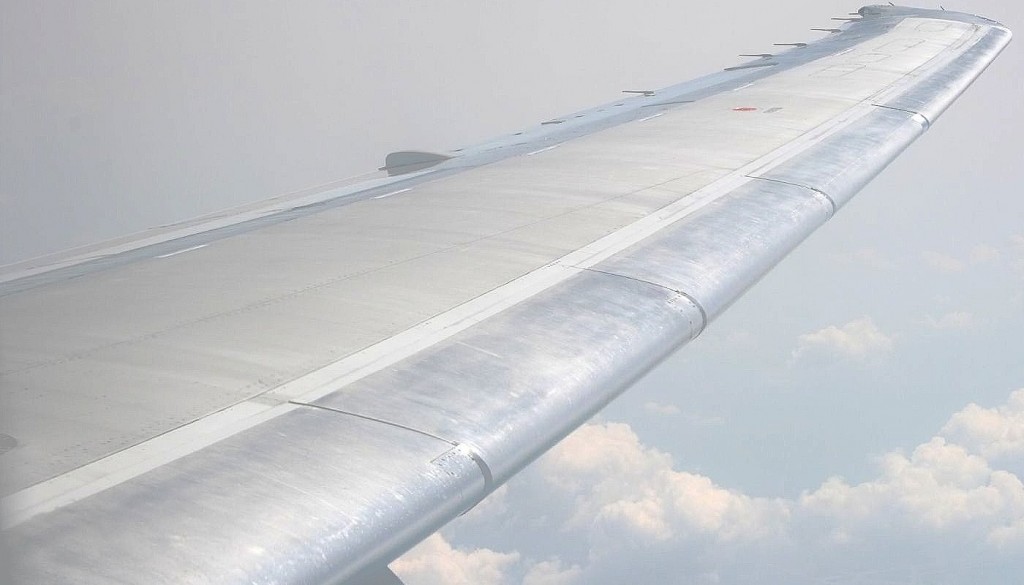 I asked my husband, who’s a physicist and a pilot, how airplanes stay up in the air. A question like that makes him happy. “It’s the wings,” he said, “They provide lift.” “What’s lift?” I said. “It’s Bernoulli,” he said. “The faster air moves, the lower its pressure. ” I’m used to these answers that are at a tangent to my questions and I usually get lost in them. “What’s faster air and lower pressure got to do with wings?” I said. He loves where this is going and talks louder. “Wings are airfoils,” he said. “They’re fatter at the leading edge and thin at the trailing edge. Air hits the airfoil and splits – think of it as streamlines. The streamlines that go up over the top of the wing speed up, and that lowers the pressure above the wing. The streamlines that go down under the wing go relatively slower, and that raises the pressure under the wing. So the wing is effectively pushed up. That’s lift.”
I asked my husband, who’s a physicist and a pilot, how airplanes stay up in the air. A question like that makes him happy. “It’s the wings,” he said, “They provide lift.” “What’s lift?” I said. “It’s Bernoulli,” he said. “The faster air moves, the lower its pressure. ” I’m used to these answers that are at a tangent to my questions and I usually get lost in them. “What’s faster air and lower pressure got to do with wings?” I said. He loves where this is going and talks louder. “Wings are airfoils,” he said. “They’re fatter at the leading edge and thin at the trailing edge. Air hits the airfoil and splits – think of it as streamlines. The streamlines that go up over the top of the wing speed up, and that lowers the pressure above the wing. The streamlines that go down under the wing go relatively slower, and that raises the pressure under the wing. So the wing is effectively pushed up. That’s lift.”
Ok, good, fine: faster air = lower pressure above, slower air = high pressure below, so then lift. “Is a wing moving through air always lifted?” I said. “No,” he said. “It depends on the angle of attack.” I’m also used to these infinitely receding explanations and I usually get lost in them too. “What’s the angle of attack?” I said. “Just the angle that the wing is at,” he said, and went on to remind me about driving in a car with my hand out the window and when my hand is tilted with respect to the oncoming wind, it gets lifted up. Ok, good fine: “so a wing angled for attack always has lift?” I said. “Not just lift,” he said. “Also drag. The act of creating lift also creates drag. It’s lift and drag.”
Also life and death, and order and entropy, I thought, so I asked, “could drag ever win?” “Oh yes,” he said, and digressed off into notable airplane crashes. I stopped listening. Continue reading
